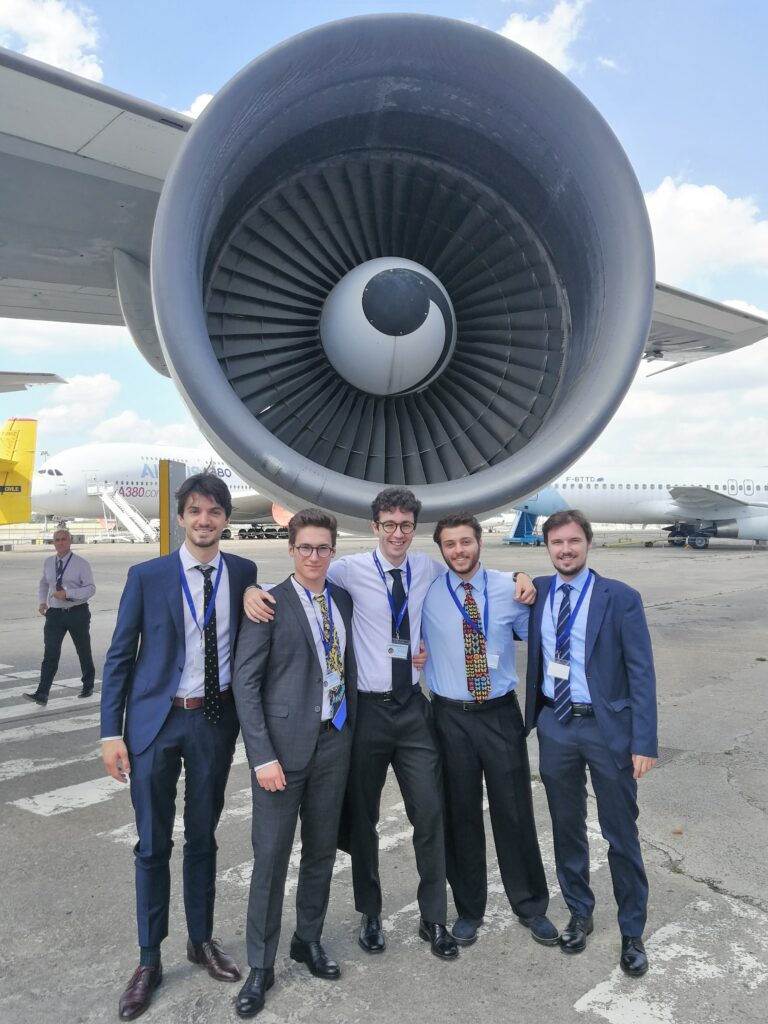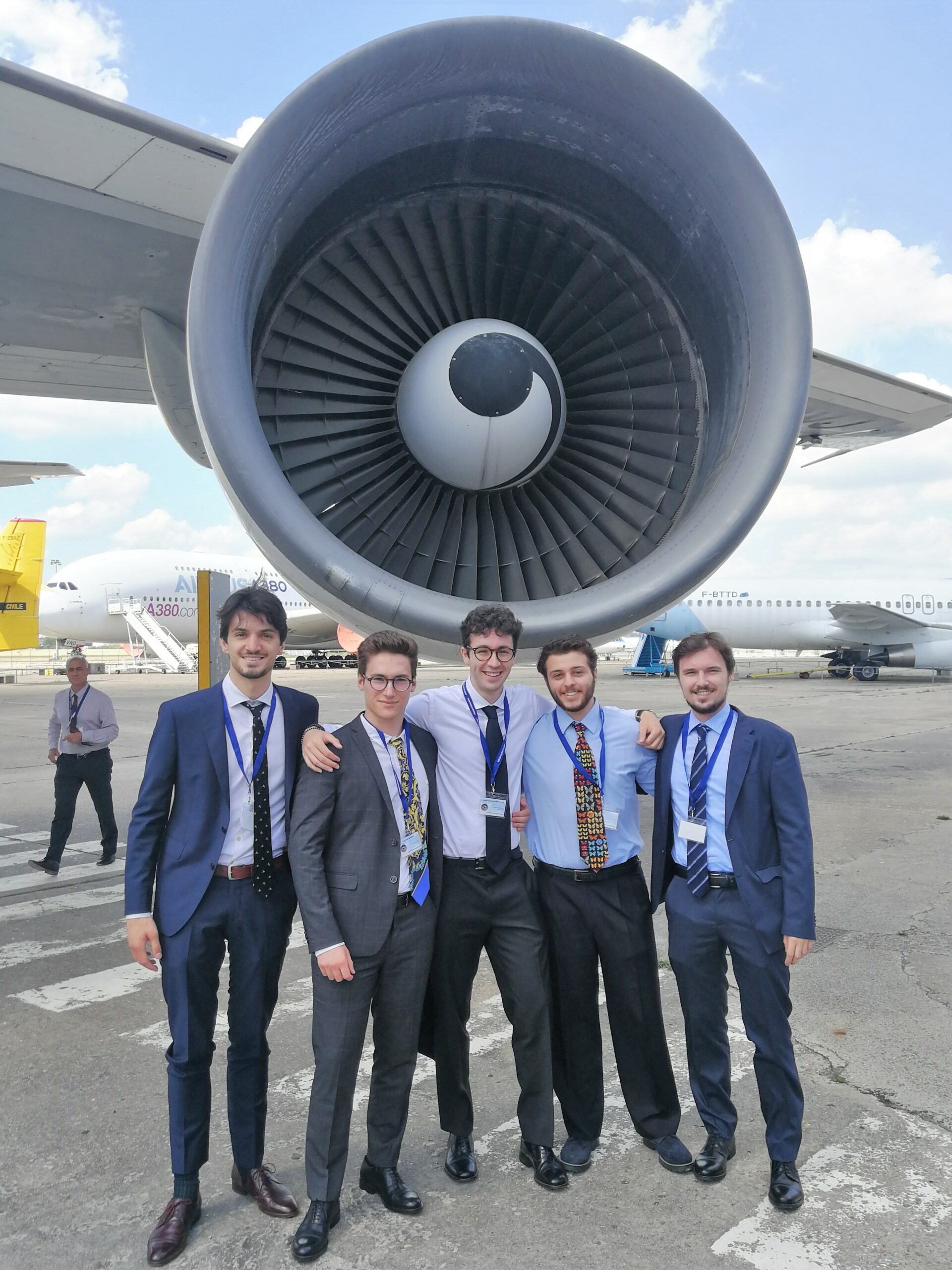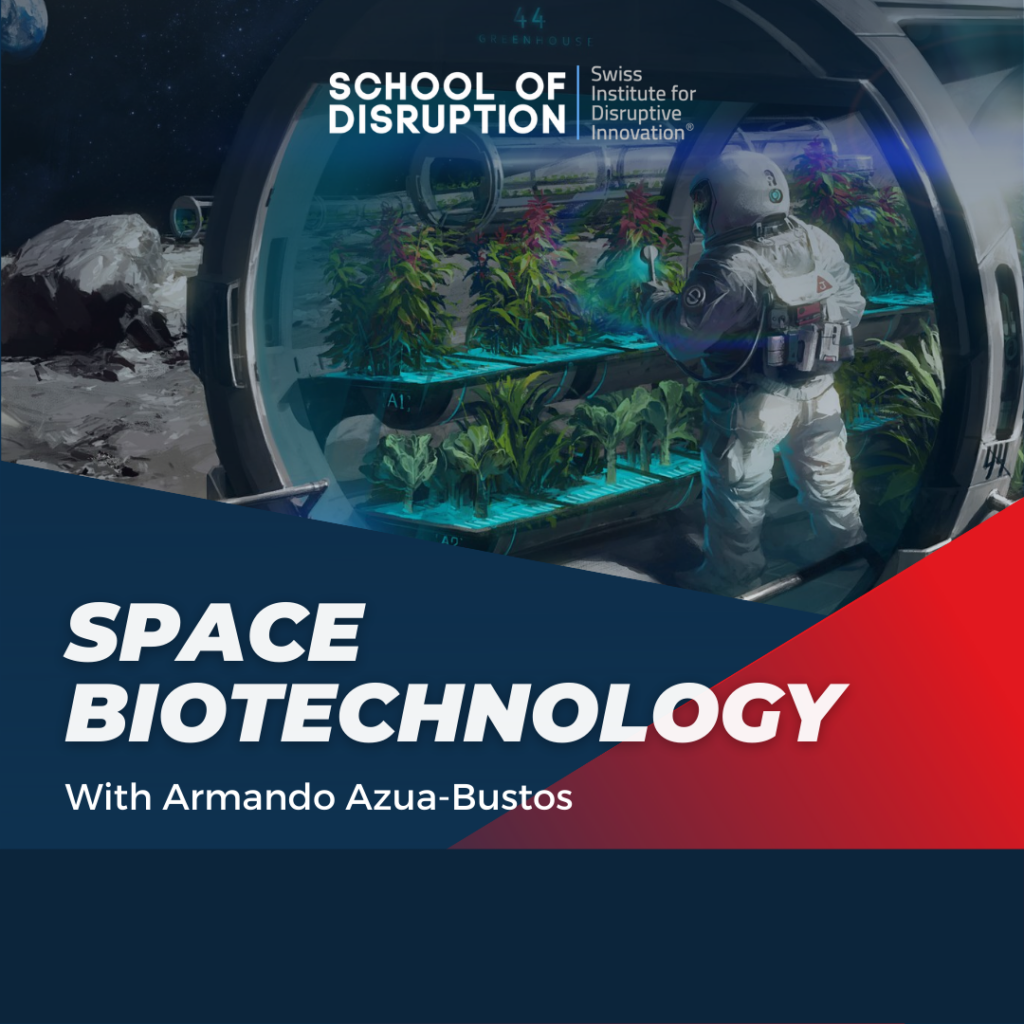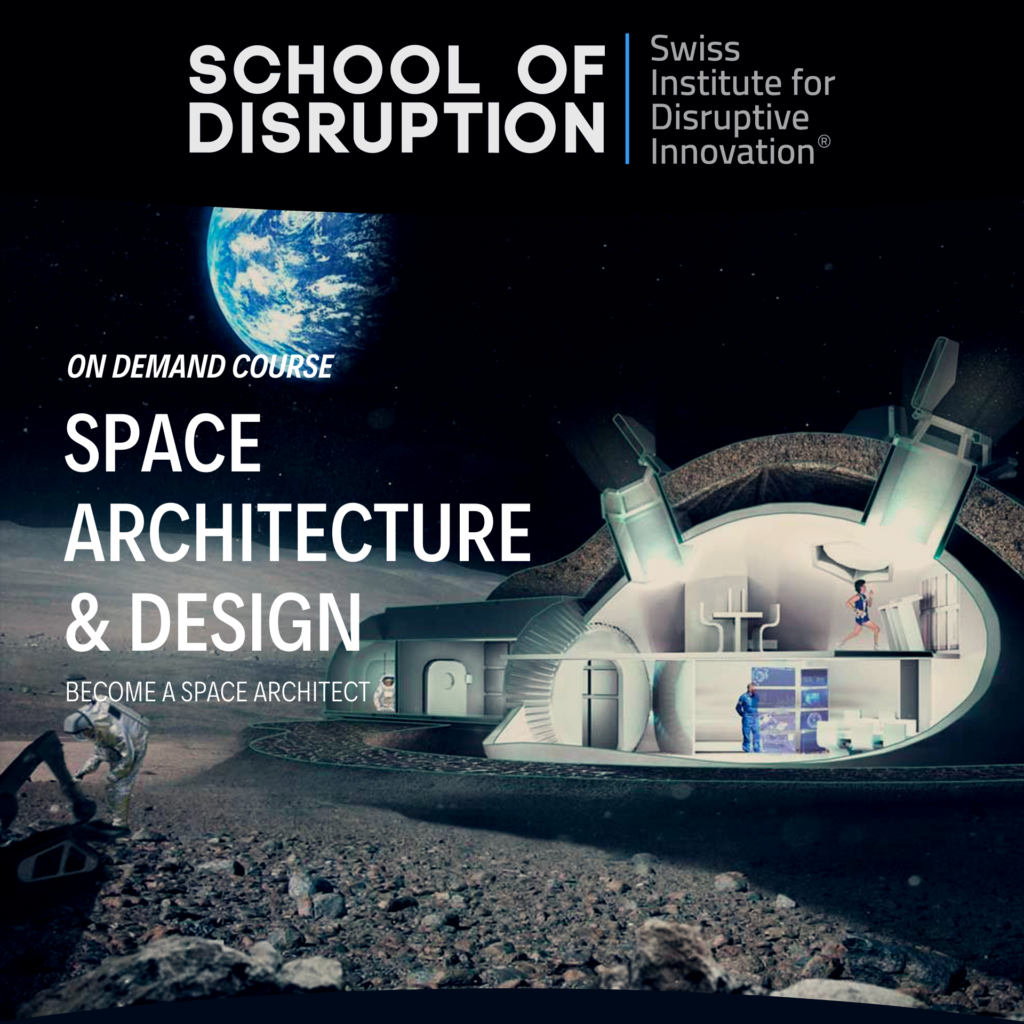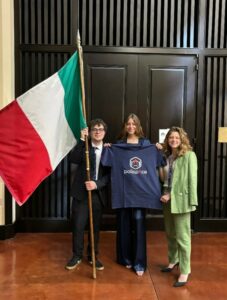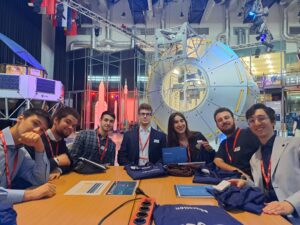Have you ever wondered how the future of transportation can be improved? Will it ever be possible to travel from one side of the planet to the other in just a couple of hours? We are aware that it might seem unreal or even crazy, something clearly still very far to achieve ultimately. Still, now we can proudly say that a group of PoliSpace students is one step closer to reaching this outstanding goal!
We are talking about the FAST (Fast AeroSpace Transportation) Team, composed of five undergraduate Aerospace Engineering students from Politecnico di Milano. They managed to conceive and design a futuristic engine, which is able to take you from Paris to Tokyo in less than two hours. This new technology, as they called it, the TRINITY engine, provides unprecedented travel times, flexibility and reusability, being extremely competitive and innovative. Moreover, this project also complies with today’s environmental standards and biggest concerns, as it burns as fuel liquid hydrogen only.
Let us learn more about this incredible project directly from the Team members!
As previously mentioned, you are a group of five undergraduate students from Politecnico di Milano: how did your journey as the FAST Team start, and what was the main idea behind it?
Before answering the question, it is essential to give you a brief background history. In 2020, a group of five people from Politecnico di Milano wanted to form a team to participate in the AIAA Design Competitions. They met with one of PoliSpace’s founders and former president, Francesco Ventre, to create a team of undergrads for the challenge. In a few weeks, the Ice CREAM Team was born. This group, composed of ten students, took part in the challenge and designed a Mars Sample Return Mission. Unfortunately, the team did not win the competition. Still, it got selected to present the mission at IAC 2021 (International Astronautical Congress) in Dubai, where the project received great feedback from top experts in the field (ESA, ASI, Airbus, etc.). At that point, the team was well tested and craved redemption. Before taking off from Dubai, FAST Team was already born: 4 out of 10 students joined the group. Another adventure was on the way!
In the following days, the Team gathered other fellow students who wanted to contribute, and thanks to the help of PoliSpace, it started to design the engine for the competition. The main goal was to test ourselves and explore new frontiers, wisely recalling the experience gathered from Ice CREAM. And, of course, this time we wanted to win!
Yours is a hypersonic multi-purpose engine that promises to be able to travel from Paris to Tokyo (10.000 km) in less than two hours: how is this possible?
To cover all of this distance, the aircraft’s speed must be very high. Supersonic flights are not something new: Concorde and Tupolev 144 are examples from the past, and some companies are working in this field also nowadays. We started by looking at the current state of the art to know where our work had to start from.
The engine had to be multimode, adapt to different flight conditions, and merge already-existing propulsion modes (we are sorry Star Trek fans, no curvature propulsion here!). Our team came up with the idea of using a turbofan for takeoff and climb, a ramjet for quasi-hypersonic cruise and a rocket for the final climb into space. All these modes were combined in a single system, with great integration and compactness, allowing the aircraft to cover the 10.000km span in less than two hours: TRINITY came to life.
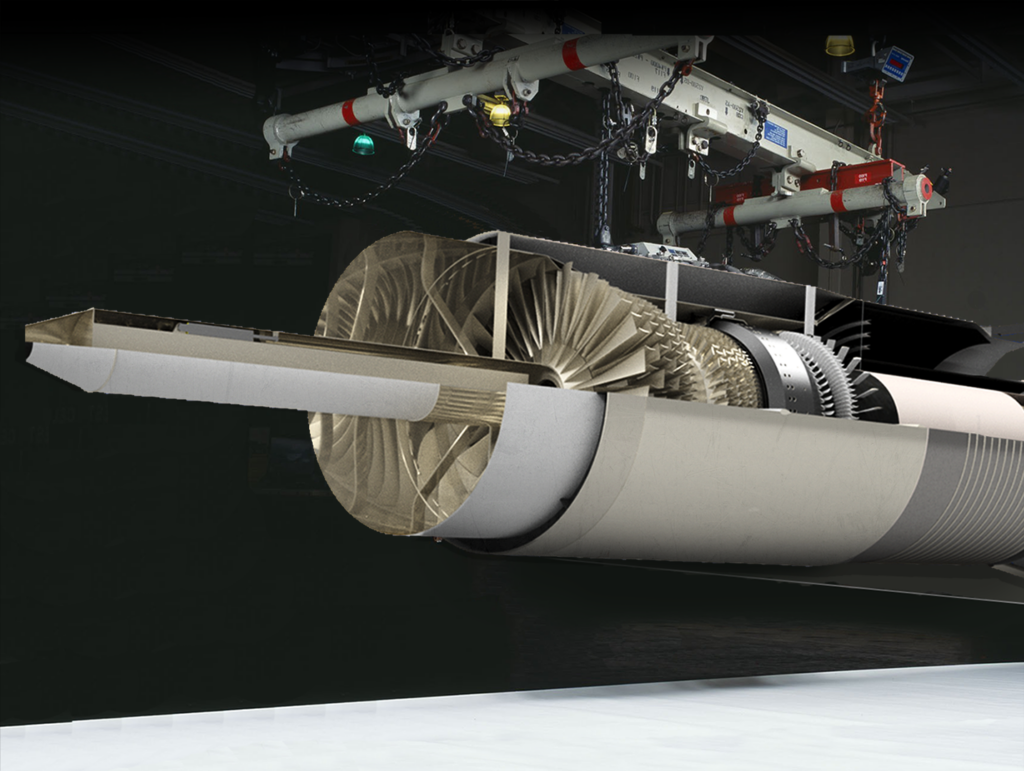
From your point of view, what are the project’s most important advantages and what is its uniqueness?
Even if it is just in its initial design phases, the engine presents some key distinctive features: first of all, it is very compact. All the engine modes mentioned above are inline in a single-engine nacelle, with significant volume and weight savings. Secondly, the engine is entirely reusable, making it perfect for commercial applications, as the aircraft would only need refueling at the airport. No staging is required, and no fancy reentry systems are necessary for boosters (cough cough SpaceX), as the airplane is a single piece of hardware. Last but not least, the engine does not emit CO2, being more eco-friendly than nowadays systems.
On the other hand, this incredible new technology comes with a price, as it is not well tested yet: hydrogen might be one of the most complicated and dangerous fuels to deal with, as it is highly explosive and difficult to handle. All the surrounding infrastructure should be adapted. However, it is essential to point out that in the future TRINITY will not be the only hydrogen-powered engine: new European regulations impose the decarbonisation of the aerospace industry by 2050, meaning that hydrogen-related issues will be a common challenge in the following years.
What were the most difficult challenges you encountered during the whole project?
At the beginning of the project, all FAST members were undergrads: we were almost bachelor engineers, but nothing more. We relied heavily on the support provided by PoliSpace’s PM, Andrea Sportillo, who, as a master’s student, helped us get started with new algorithms and software. Speaking about that, our Team had to learn how to use complex Matlab codes (genetic algorithms), set up CFDs with Ansys and use GasTurb, the latest piece of software kindly provided for the challenge by GasTurb GmbH.
During our work, we were followed by Prof. Roberto Andriani, who reviewed our work monthly to ensure we were following the right path. Additionally, many more professors from Politecnico were contacted in the process of solving the complicated problems we encountered during the entire project.
On top of this, there were also ordinary lectures going on, and we can leave it to our readers’ imagination how we managed to survive the semester!
You have also participated in the 16th edition of the Student Aerospace Challenge, and… you won! First of all: congratulations on this amazing achievement! How would you describe this incredible experience and opportunity?
The Student Aerospace Challenge, held by ESA, Dassault Aviation, Ariane Group, Museé De L’Air Et L’Espace and Astronaute Club Européen (ACE), followed our progress in the work, starting from November 2021 and culminating in the Suborbital Day, held on June 23 in Paris Le Bourget. The FAST Team surpassed all the previous selections and was awarded that day when the TRINITY engine was presented to a commission composed of the most important engineers in all of Europe. Among them, we remember exponents from Dassault and Ariane, who labeled our work as “innovative” and “very clever”.
We even had the chance to meet the other 13 teams who took part in the challenge: they came from all around Europe, and each had a fascinating subject to present. Indeed, Suborbital Day deals not only with Engineering but also Medicine, Finance, Law and Marketing.
After the conference, we had the chance to meet and talk about suborbital flights and air and space more in general. Friendships were born that day while we were visiting the excellent museum, among Concordes, helicopters, rockets and a B747.
Looking ahead, what are now the next steps of your journey?
Speaking about the future, we can say that some things are certain, and some are not. Among the former, there is the fact that TRINITY will be presented at IAC 2022 (International Astronautical Congress) in Paris in September. So stay tuned for more news about the FAST Team!
